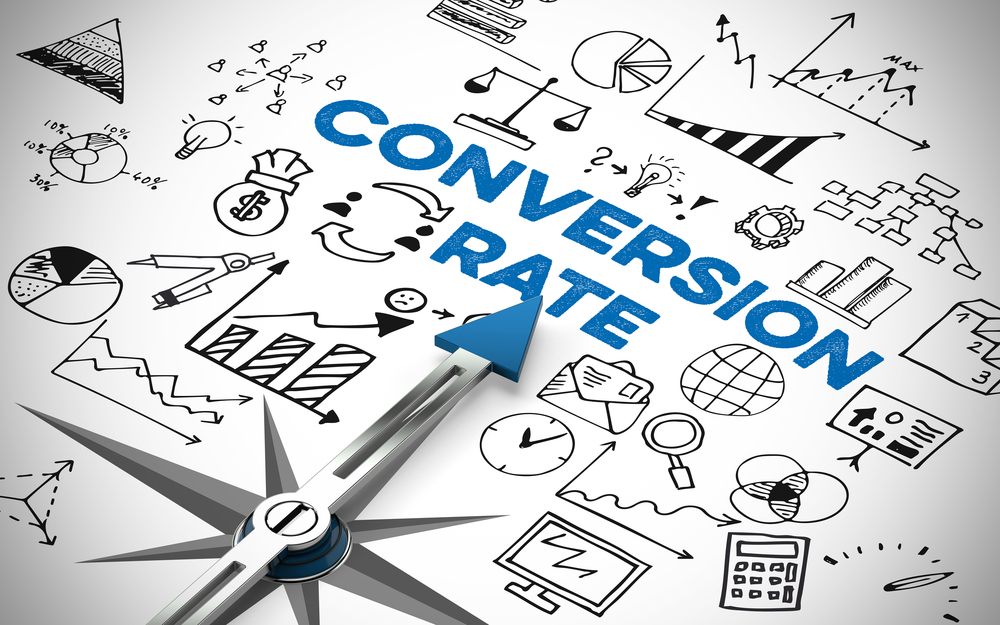If you’re running a strong marketing campaign that contains fantastic offers, while reaching out easily to customers through many different platforms, you’d expect to reap the benefits with fantastic conversion rates, right? So, why aren’t you getting the direct bookings you need? You might be racking your brain trying to find out where you’re going wrong, but struggling to see the error of your ways. Well, the answer could be due to your website. It may be common, so key mistakes, or it could have some massive holes in its conversion funnel.
Conversion optimization is not always plain sailing, as a simple mistake may be throwing a huge spanner in the works. Here is an overview of the most common mistakes and how to avoid them. Remarketing is a tool that helps you reach people who have visited your website in the past and it’s a powerful way of staying engaged with your target audience. It presents your customers with relevant ads, making sure that your hotel is at the front of their mind when they are looking at booking accommodation or a trip. This simple process can have an enormous effect on return on investment (ROI) – but only if you’re actually doing it!
For hoteliers, it means that you can follow up with prospective customers who have visited your website, after they’ve provided you with information, such as an email address, by starting the booking process. Hotel booking engine provider Net Affinity claims that customers who have abandoned bookings can actually be used to boost conversions by something as simple as sending them an email to ask if they’re ready to complete the booking, or asking if they have ‘forgotten something’. For this to be effective, your booking engine must ask for contact information early in the process to capture more leads. An image speaks a thousand words Prospective guests will want to see what they’re buying before they commit, meaning your hotel website design needs to contain good quality photos of your hotel. You may beautifully describe the rooms, grounds, services and facilities, but they’re unlikely to be swayed if you can only offer them words.
Research from search engine optimisation consulting company Moz revealed that images scrutinised by visitors increase the time they spend on the website. Photographs must be responsive to work on all platforms, they must be professional, and each image must represent the personality of your hotel – do not opt for generic stock photos! Don’t write cheques you can’t cash when creating content for your website, you could find yourself slipping easily into hyperbole and exaggerations.
However, making promises that you can’t make good on will see your conversion rate take a huge hit. Consumers in the 21st century are smart and savvy. They are constantly barraged with advertisements and marketing messages, meaning they know how to sort the wheat from the chaff. They know what is a good deal and what is too good to be true. Instead of blowing your own trumpet, you should be encouraging user-generated content (UGC), which the public deems as more trustworthy than information provided by a company itself.
Reviews, testimonials, blogs, podcasts, videos and tweets are effective – and free – conversion boosters. Research from Stackia, reveals that 76 per cent deem UCG from fellow travellers more dependable than content written by the hotel itself. The crux of the matter is that we, as humans, are more likely to do something if we see others doing it, and having fun at the same time. We want a slice of the action. How can you encourage UCG? The easiest way is to make sure you are engaging with customers on the platforms they are actually using. For example, run competitions on Facebook and Twitter for people to win a prize if they refer a friend. Share good reviews on these same platforms to boost visibility. The more people who see the positive reviews, the more people will check out your website. Less is more Put yourself in the shoes of a customer and think about what happens when you are bombarded with too much information and too many choices. It can become overwhelming, so much so that you might want to get away from it all for a breather. This is exactly the same for your prospective guests.
The New York Times did an experiment in 2010 to test the influence of choices on buying decisions. On one day, 24 types of jam were offered to a group of people and on the next day, just six were available.Just three per cent of participants actually bought something on day one, versus 30 per cent on the second. That’s an increase of 600 per cent! Too much choice damages conversion rates, so it’s important that you keep things simple. Make the booking process uncomplicated to avoid overwhelming potential guests.







